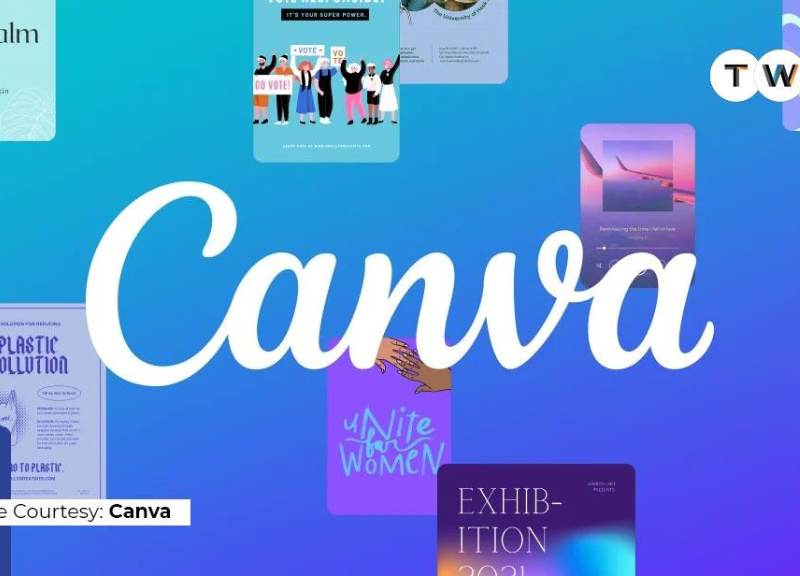Canva: The Ultimate AI- Powered Design Platform

Canva: Revolutionizing Graphic Design with AI Magic
Canva is a graphic design platform that simplifies creating visual content for individuals and businesses. Founded in 2012 by Melanie Perkins, Cliff Obrecht, and Cameron Adams, Canva revolutionized design by making professional tools accessible to everyone through an intuitive drag-and-drop interface. It supports a vast user base ranging from non-designers to professionals, empowering them to create presentations, social media graphics, posters, videos, and more with ease. Canva operates on a freemium model and has rapidly expanded its features, partnerships, and integrations, becoming one of the leading SaaS design tools worldwide.
Canva Founders: The Visionaries Behind Design Innovation
Melanie Perkins
Co-founder aur CEO of CanvaCliff Obrecht
Chief Operating Officer (COO)Cameron Adams
Chief Product Officer (CPO)

Launch
Platform Founded
Canva was founded by Melanie Perkins and team in 2012.
Year: 2012
Growth
User Base Expands
Surpassed 50 million active users worldwide.
Year: 2019
Funding
Major Investment
Raised $300M at $6B valuation to fuel global expansion.
Year: 2020
Innovation
AI Tools Added
Introduced AI-powered design features for faster creation.
Year: 2023
Canva: A Comprehensive Analysis
Canva offers a free tier with essential design tools accessible to everyone, while Canva Pro and Canva for Teams unlock premium templates, assets, collaboration features, and brand kits. This subscription-based model drives steady revenue and encourages upgrades as users grow or require advanced functionalities. Additionally, Canva generates income through marketplace sales, printing services, and enterprise licensing, diversifying its monetization streams and supporting continuous innovation.
By 2024, Canva boasts over 100 million monthly active users globally, spanning students, educators, marketers, small businesses, and large enterprises. Its user-friendly design environment appeals to people without formal design training, enabling broad adoption across industries. Canva’s multilingual support and mobile app presence further strengthen its reach, making design accessible on any device, anywhere.
Canva has evolved from basic graphic design to include video editing, animation, website building, and presentation tools. Features like Magic Resize, Background Remover, and AI-powered design suggestions enhance usability and creativity. Its content library includes millions of photos, icons, fonts, and templates, regularly updated to meet emerging design trends and user needs.
Canva integrates seamlessly with popular platforms such as Google Drive, Dropbox, Slack, Microsoft Teams, and social media channels, facilitating easy import/export workflows. Collaborations with companies like HubSpot and Zoom enable users to embed Canva designs directly into marketing campaigns and virtual meetings. These partnerships expand Canva’s ecosystem, fostering productivity and user engagement.
Canva has achieved impressive financial growth with revenue surpassing $600 million in 2023. The majority comes from paid subscriptions—Canva Pro and Enterprise—alongside printing and design services. The company’s aggressive international expansion and continuous product innovation contribute to its scalable and recurring revenue model, attracting significant investor confidence.
Canva competes with Adobe Creative Cloud, Figma, and other graphic design software providers. While Adobe targets professional designers with complex tools, Canva focuses on simplicity and accessibility for non-experts. Figma leads in collaborative interface design, but Canva’s broad template library and all-in-one creative suite give it a competitive edge in marketing and content creation sectors.
Canva is investing heavily in AI to automate design processes, such as AI-generated layouts and content suggestions, making design even faster and smarter. Upcoming features focus on enhanced real-time collaboration for distributed teams and expansion into new product categories like print-on-demand merchandise. With a growing global footprint, Canva aims to solidify its position as the go-to platform for creativity and design worldwide.


